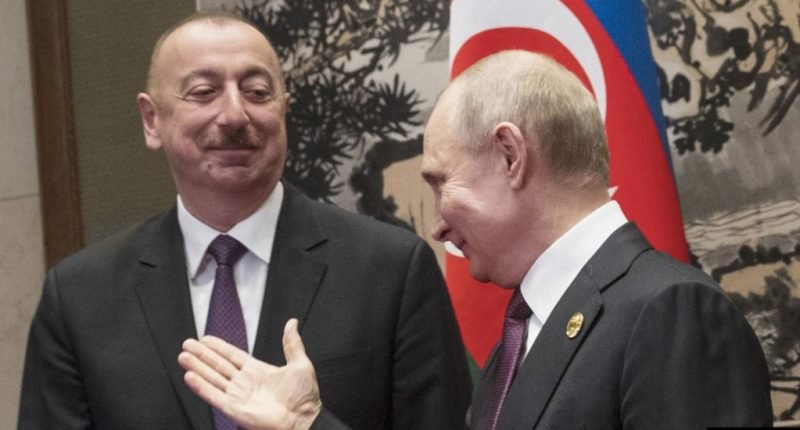Baku – Yerevan – August 12
The ink on the long-awaited peace treaty between Armenia and Azerbaijan may soon be dry. For many outside the region, that signature will mark the end of a bitter, thirty-year conflict. But for those whose lives have been shaped by it — on both sides of the border — the real question begins only now: Can Armenians and Azerbaijanis live together again?
It is a question that does not begin in 1988, when the Nagorno-Karabakh conflict erupted, but decades earlier. In the Soviet years, and long before that, Armenians and Azerbaijanis lived side by side in towns, villages, and cities across the Caucasus.
They were neighbours in Yerevan and Baku, trading partners in Ganja and Gyumri, classmates in Stepanakert and Shusha. Mixed marriages were not rare — families gathered around the same tables, celebrated the same weddings, and mourned the same funerals. In the popular imagination, certain dishes, songs, and jokes belonged to both peoples, their origins blurred by centuries of shared life.
Then came war. Three decades of it, in cycles of escalation and uneasy ceasefires, left tens of thousands dead and wounded. Millions became refugees or internally displaced persons, scattered across the Caucasus and beyond. In that time, entire generations have grown up knowing the other side only through television images, political rhetoric, and the language of loss.
The peace treaty now offers the possibility — still fragile — of something different. Yet the obstacles are formidable. Trauma does not vanish with a diplomatic handshake. For families who lost sons and fathers in the trenches, for women widowed in their twenties, for children who spent their formative years in camps or crowded apartments far from their homes, the conflict is not a chapter in a history book but a constant shadow.
And yet, the shared history is there, waiting. In conversations with older residents of border villages, one hears a quiet yearning: memories of a neighbour’s bread baked at dawn, of fishing trips with Armenian or Azerbaijani friends, of learning each other’s languages without thinking about it. These are the small bridges that, if nurtured, could grow into something larger.
But it will require patience — and more than patience. Schools will have to teach a history that is honest about the war but also about the centuries of coexistence. Media in both countries will have to resist the pull of nationalist sensationalism and focus instead on stories of cooperation and humanity. Cultural exchanges, sports tournaments, and joint business ventures will need the support not just of governments but of ordinary citizens willing to take the first step across a still-delicate divide.
It will also require a measure of humility from political leaders. A treaty is not the end of negotiation; it is the start of a long, uncertain process in which every careless word or symbolic slight can undo months of work.
The stakes are higher than many in the region may realize. If this fragile peace holds, Armenians and Azerbaijanis might one day look back at these years not only as the end of a war, but as the beginning of something far rarer: the revival of a shared life after decades of division.
It will not be easy to forgive. It may be impossible to forget. But somewhere, perhaps in a border market where an Armenian seller and an Azerbaijani buyer haggle over the price of fruit, the first proof will emerge that peace is not only possible — it is already happening.










